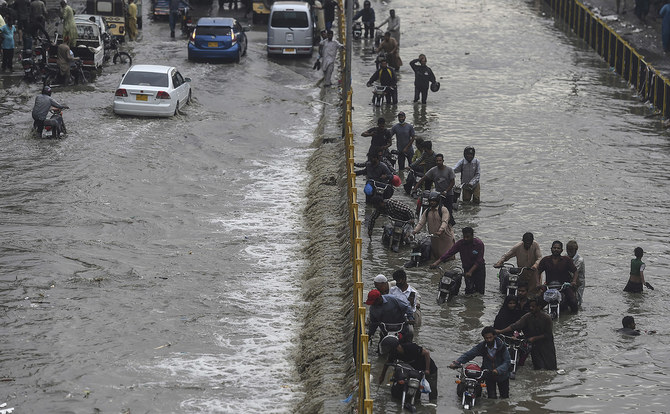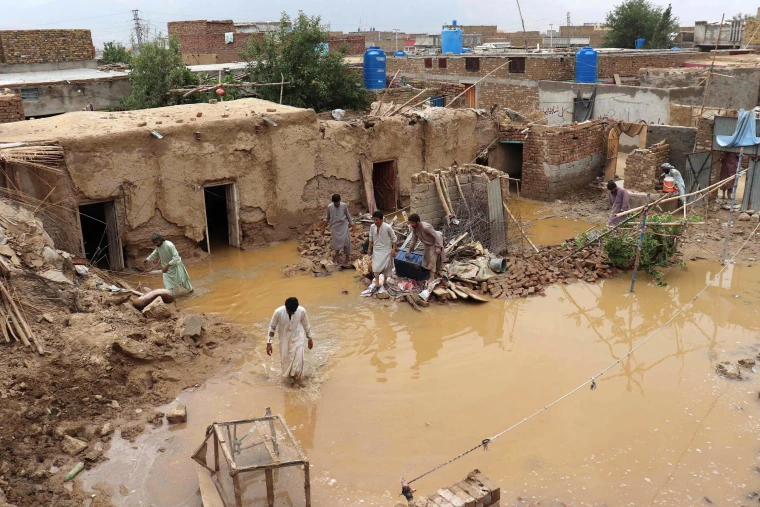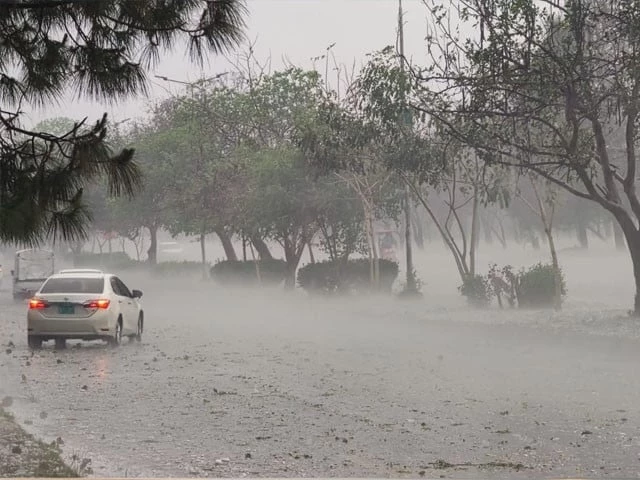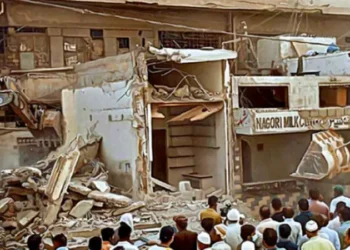ISLAMABAD (Web-Desk); As the fourth and most intense spell of the monsoon season grips Pakistan, the Provincial Disaster Management Authority (PDMA) has warned of widespread heavy rainfall across most districts of Punjab, expected to continue until July 25.
According to a statement issued by PDMA on Monday, this phase of rainfall is forecast to be more severe than earlier spells, raising concerns about urban flooding, rising river levels, and potential loss of life and property.
A PDMA spokesperson said that significant rainfall is anticipated in key northern and central regions of the province including Rawalpindi, Murree, Galiyat, Attock, Chakwal, and Mandi Bahauddin. Rain is also forecast for Hafizabad, Gujrat, Jhelum, Gujranwala, and extending southwards to Lahore, Faisalabad, Sialkot, Narowal, Toba Tek Singh, Jhang, Sargodha, Mianwali, Dera Ghazi Khan, Bahawalpur, Bahawalnagar, and Multan.

PDMA Director General Irfan Ali has raised alarms about potential flooding due to increased water inflows in Punjab’s rivers and streams. He highlighted that rainfall in the upper catchment areas of the Ravi, Chenab, Sutlej, and Jhelum rivers could cause their water levels to surge dangerously.
Furthermore, the Indus River is already experiencing a moderate-level flood at Taunsa, while low-level floods are being reported at Tarbela, Kalabagh, and Chashma. These developments pose a serious threat to low-lying and river-adjacent communities, where emergency teams are on alert and preparations for possible evacuations are underway.
The heavy rains and subsequent flooding continue to take a tragic human toll. According to the National Disaster Management Authority (NDMA), at least 13 more people died in rain-related incidents across the country during the past 24 hours, raising the death toll to at least 216 since the monsoon season began on June 26.
The majority of fatalities have occurred due to structural collapses, particularly the caving-in of roofs in substandard housing.
Punjab remains the hardest-hit province, with 135 confirmed deaths since late June. Khyber Pakhtunkhwa has reported 42 fatalities, followed by 21 in Sindh, 16 in Balochistan, and one each in Islamabad and Azad Jammu and Kashmir.
Alarmingly, the NDMA confirmed that 101 of the deceased are children — a tragic reminder of the vulnerability of young lives during weather emergencies. Among the latest casualties were four children and three women.

The monsoon devastation is being closely monitored by federal and provincial disaster authorities. Relief and rescue operations have been intensified in the worst-affected areas, while the NDMA has urged citizens to exercise extreme caution, especially those living in vulnerable zones.
Meanwhile, Karachi has so far been spared the brunt of the monsoon’s fury. The Pakistan Meteorological Department forecast cloudy conditions with intermittent light rain for the next 24 hours.
Temperatures are expected to range between 32°C and 34°C, with a recorded minimum of 29°C. Humidity levels remain high at 75%, accompanied by a southwesterly sea breeze blowing at 11 km/h.
On Sunday morning, residents of Karachi experienced a brief spell of pleasant weather as light showers swept across various parts of the city following days of heavy cloud cover. Areas such as the airport vicinity, Malir, Gulistan-e-Jauhar, Shah Faisal Colony, North Karachi, New Karachi, Surjani Town, Gulshan-e-Maymar, Gulshan-e-Iqbal, Saddar, II Chundrigar Road, PIDC, and Burns Road reported light rainfall.
The highest amount of rain in the city was recorded at 2.3mm on University Road, followed by 2mm at the airport, PAF Base Faisal, and Gulshan-e-Hadeed. Korangi and Jinnah Terminal received 1.4mm, while Keamari and Surjani Town recorded just 0.2mm.
The Met Office has also indicated that another monsoon system is likely to approach Sindh by late July, which may lead to further rainfall activity in the southern province. Authorities are advising residents to stay informed through official weather updates and emergency advisories.

























